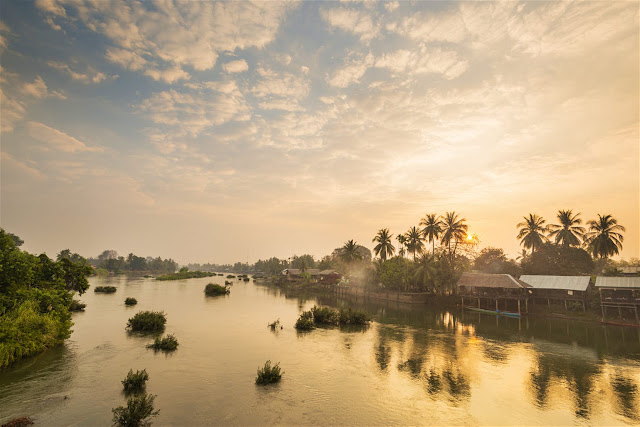I have really enjoyed reading about Laos folklore so far during this week. I actually began reading the Japanese unit, but the writing style was a bit more difficult to follow, and all the gods are much more other-wordly compared to the spirits in Laos mythology. What I really enjoy about it so far is that the everything feels very grounded to earth, versus other Asian mythology when the spirits and whatnot are very celestial. Also, nothing is too heavy or "end of the world" centered, but instead Laos folklore deals a lot with problems in daily life and quirky stories that explain how certain things in the world are, or how they should be. A favorite of mine is The Spirit Guarded Cave which addressed colonialism. That was also one reason I chose a South-East Asian unit rather than East Asian, which more people are familiar with. SEA faced a lot more issues from European settlers. This inspired me to a broader range of issues in my own storybook, white supremacy being one of them. In the story, white settlers looked for the Laos treasure to call their own while the natives had to work as slaves, but the spirits guarded against the foreigners. I especially loved how the land was loyal to the people that was always there. The narrative style is easy to follow and the subject matter mostly entails people living in harmony with their surroundings. Just from these tales, one gets the feeling that the Laoatians are more concerned with peaceful living and fostering relationships. There isn't a lot of dialogue in these, but its absence didn't take away from anything. The actions of the people in each tale hold that much more weight, and it is still easy to see their character. Each was written beautifully and the characters seemed beautifully simple and complex at once. The good were thoroughly good but it didn't keep them from facing their own trials and conflicts. The good sometimes suffered the most as slaves or were deprived of the relationships they craved. I loved this method of characterization and look forward to applying it in my own writing.
Katherine Neville Fleeson, Laos Folk-Lore. Photographs by W.A. Briggs (1899). Web Source.
Mekong River. Photo by Justin Foulkes/Lonely Planet
Katherine Neville Fleeson, Laos Folk-Lore. Photographs by W.A. Briggs (1899). Web Source.

Hi Moriah,
ReplyDeleteI didn't read any of the Laos stories so I was interested to see what you thought of them. I think it's super interesting that these stories had such a focus on colonialism. I didn't even think about how history like that would affect local storytelling culture. The story of the spirit guarded cave seemed super interesting and like it really had a good message.